Table of Content
India’s office leasing market is on a steady upward trajectory, with recent reports indicating that leasing volumes have already touched 66.4 million square feet (MSF) in 2024. Industry experts predict that this figure will rise further, reaching 70 MSF in 2025. This growth is being driven by multiple factors, including increasing demand for modern office spaces, flexible work environments, and a surge in key sectors such as engineering, BFSI, and tech.
In this blog, we’ll explore what these figures mean, the drivers behind the growth, and how this trend is set to shape the future of commercial real estate in India.
Current State of the Office Leasing Market
Recent reports from reputable sources have highlighted that India's office leasing volumes reached 66.4 MSF in 2024. This figure reflects the total amount of office space leased across the country and serves as a crucial indicator of market health. The rise in leasing volumes signifies robust demand for commercial spaces, particularly in major cities that are evolving as business hubs.
Key Metrics
- 66.4 MSF in 2024: The current leasing volume, as reported by industry experts, signals a strong market response.
- 70 MSF Expected in 2025: Projections suggest a further increase in leasing activity, pointing to sustained growth.
These numbers are significant because they indicate demand and suggest that businesses are increasingly investing in high-quality office spaces to accommodate evolving work models and growth ambitions.
Also Read: Why RERA Can't Enforce Dispute Resolutions Understanding Its Limitations
Drivers Behind the Growth
Several factors are contributing to the surge in office leasing volumes across India:
1. Rising Demand from Key Sectors
Industries such as engineering, banking, financial services, and insurance (BFSI) are leading the charge. These sectors require state-of-the-art office environments that support innovation, collaboration, and efficiency. The growth in these sectors is directly boosting the demand for premium office spaces.
2. Evolution of Work Models
The rapid adoption of hybrid and flexible work models has changed the way businesses operate. Companies now seek office spaces that offer flexibility—such as co-working and flex spaces that can adapt to changing workforce needs. This shift has led to increased leasing of flexible office spaces, contributing to overall market growth.
3. Urban Development and Infrastructure Improvements
Major cities like Mumbai, Bengaluru, Delhi, Hyderabad, Pune, and Chennai are witnessing significant infrastructural upgrades. Improved connectivity, better public transportation, and urban renewal projects make these cities more attractive for businesses. The resulting enhanced quality of life and business environment drives demand for office space.
4. Investor Confidence and Market Stability
Investors are increasingly viewing the office leasing market as a stable and attractive asset class. The growth in leasing volumes, along with rising property values in commercial hubs, has boosted investor confidence. This, in turn, encourages more investment in new office developments, creating a virtuous cycle of growth.
5. Technological Advancements
Modern office spaces are now equipped with cutting-edge technology to support digital operations, smart building management, and enhanced security. These tech-enabled features not only improve operational efficiency but also attract high-profile tenants looking for modern, future-ready offices.
Also Read: India's Real Estate Market to Double Its GDP Share to 15.5% by 2047
Impact on the Real Estate Landscape
1. Increased Property Values
As leasing volumes rise, areas with high demand for office space tend to see an increase in property values. Properties located in prime business districts benefit significantly from better occupancy rates and higher rental yields. This trend is encouraging developers to invest in new projects and upgrade existing properties to meet market demands.
2. Urban Renewal and Development
The surge in office leasing is also driving urban renewal initiatives. As demand for modern office spaces grows, older commercial areas are being revitalized. This urban renewal is not only enhancing the aesthetic appeal of city centers but also improving overall infrastructure and public amenities.
3. Boost to the Economy
A thriving office leasing market has far-reaching economic implications. It creates jobs, drives consumer spending, and attracts global investors. With increased commercial activity, cities become economic powerhouses, further fueling urban growth and development.
4. Diversification of Office Spaces
The market is seeing a diversification in office formats. Traditional office spaces are now being complemented by flexible workspaces and co-working facilities. This diversification caters to the evolving needs of businesses, providing them with the flexibility to scale operations as required. The variety in office formats also appeals to startups, SMEs, and large corporations alike, ensuring that the market remains robust and dynamic.
Future Prospects: What to Expect by 2025
The projection that India’s office leasing volumes will reach 70 MSF by 2025 is a testament to the market’s potential. As the country continues to urbanize and modernize, several trends are likely to shape the future:
- Continued Expansion:
With new office projects on the horizon, major cities are expected to see continuous growth in commercial space. This expansion will be driven by both domestic and international investments. - Enhanced Infrastructure:
Government initiatives aimed at improving urban infrastructure will further boost the demand for office spaces. Better connectivity, efficient public transport, and urban renewal projects are key factors that will drive future growth. - Technological Integration:
The incorporation of advanced technologies in building management and workplace design will continue to attract businesses seeking innovative, sustainable office solutions. - Market Resilience:
Despite economic fluctuations, the demand for quality office space remains resilient. The shift towards hybrid work models and the rise of digital economies ensure that the office leasing market will remain a crucial part of India’s economic landscape.
Conclusion
India’s office leasing market is set for remarkable growth, with current volumes reaching 66.4 MSF in 2024 and projections indicating a rise to 70 MSF by 2025. This growth is fueled by rising demand from key sectors, evolving work models, infrastructural improvements, and robust investor confidence. The impact of this trend is profound not only will property values and rental yields increase, but the overall urban environment will also benefit from improved infrastructure and renewed economic vitality.
For businesses, investors, and urban planners, the future of India’s office leasing market looks promising. The expansion in leasing volumes is not just a number it represents a broader transformation in how cities operate and thrive in the modern era. As India continues to embrace modern technology and sustainable urban development, the commercial real estate sector will play a pivotal role in driving economic growth and creating vibrant, connected urban communities.
Also Read: MHADA Nashik Lottery Scheme 2025: Important Dates and Key Details

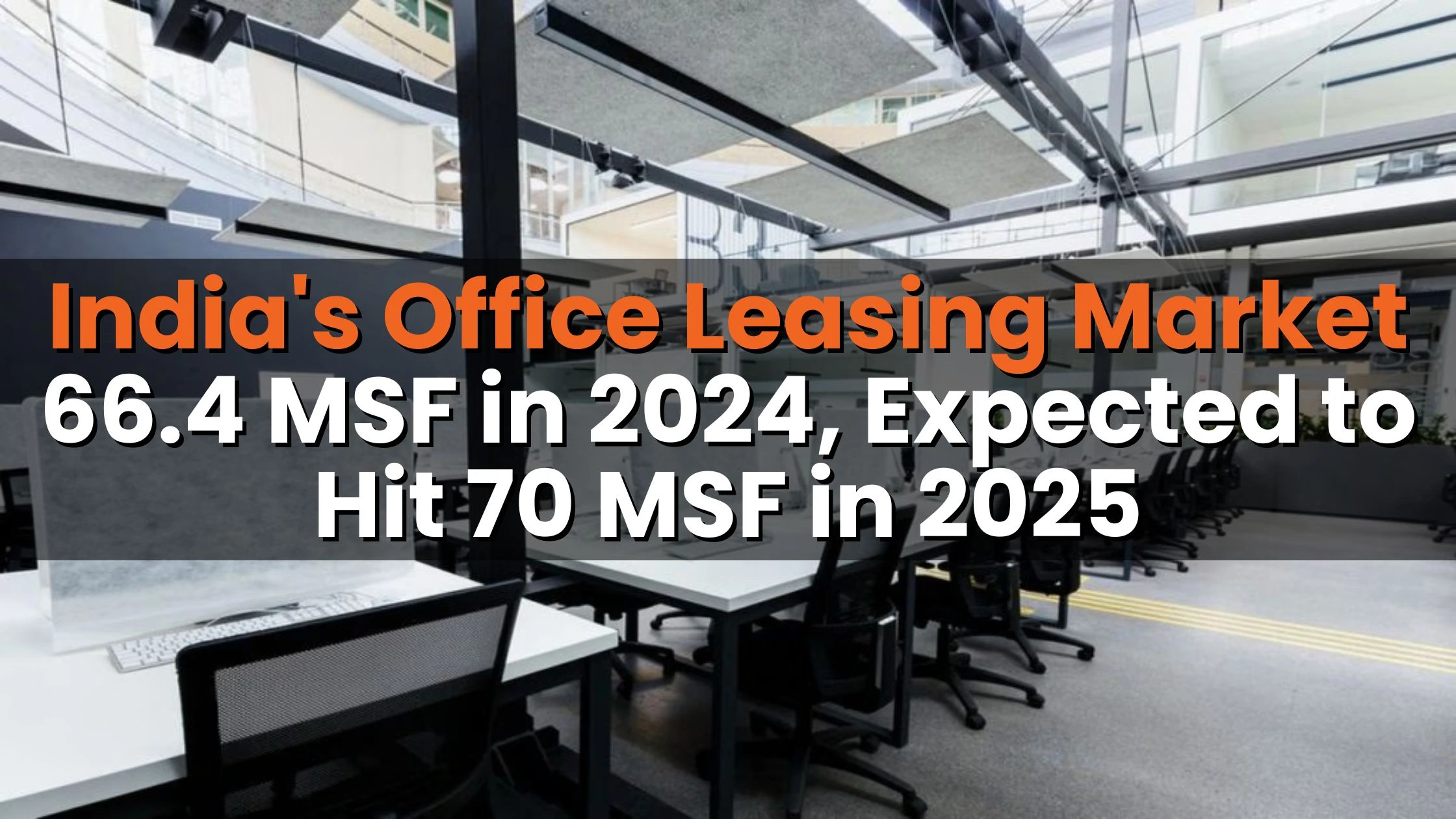
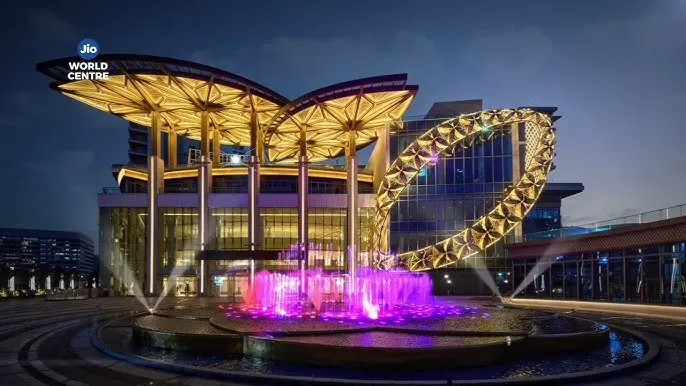
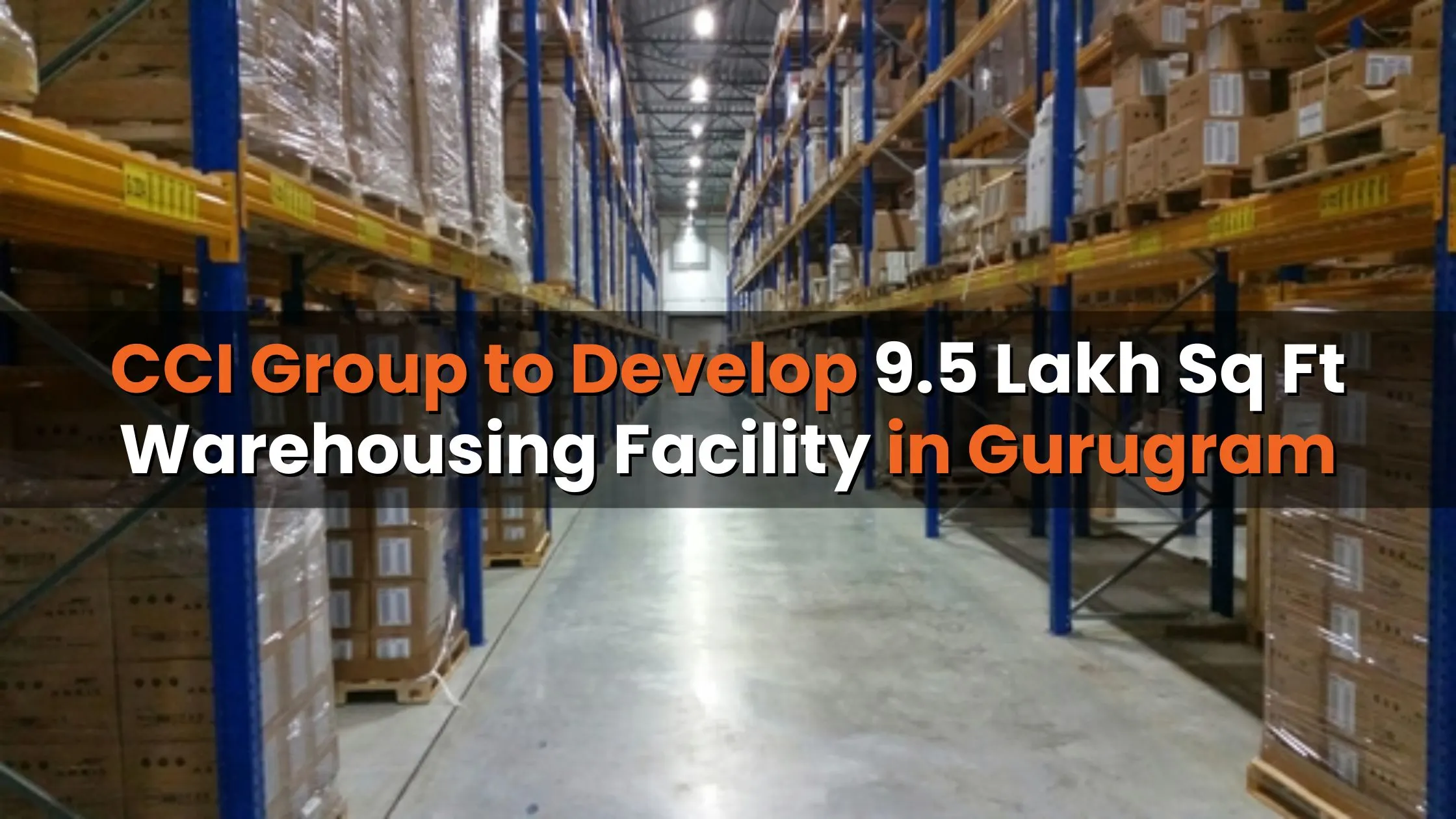
_1740737596.webp)
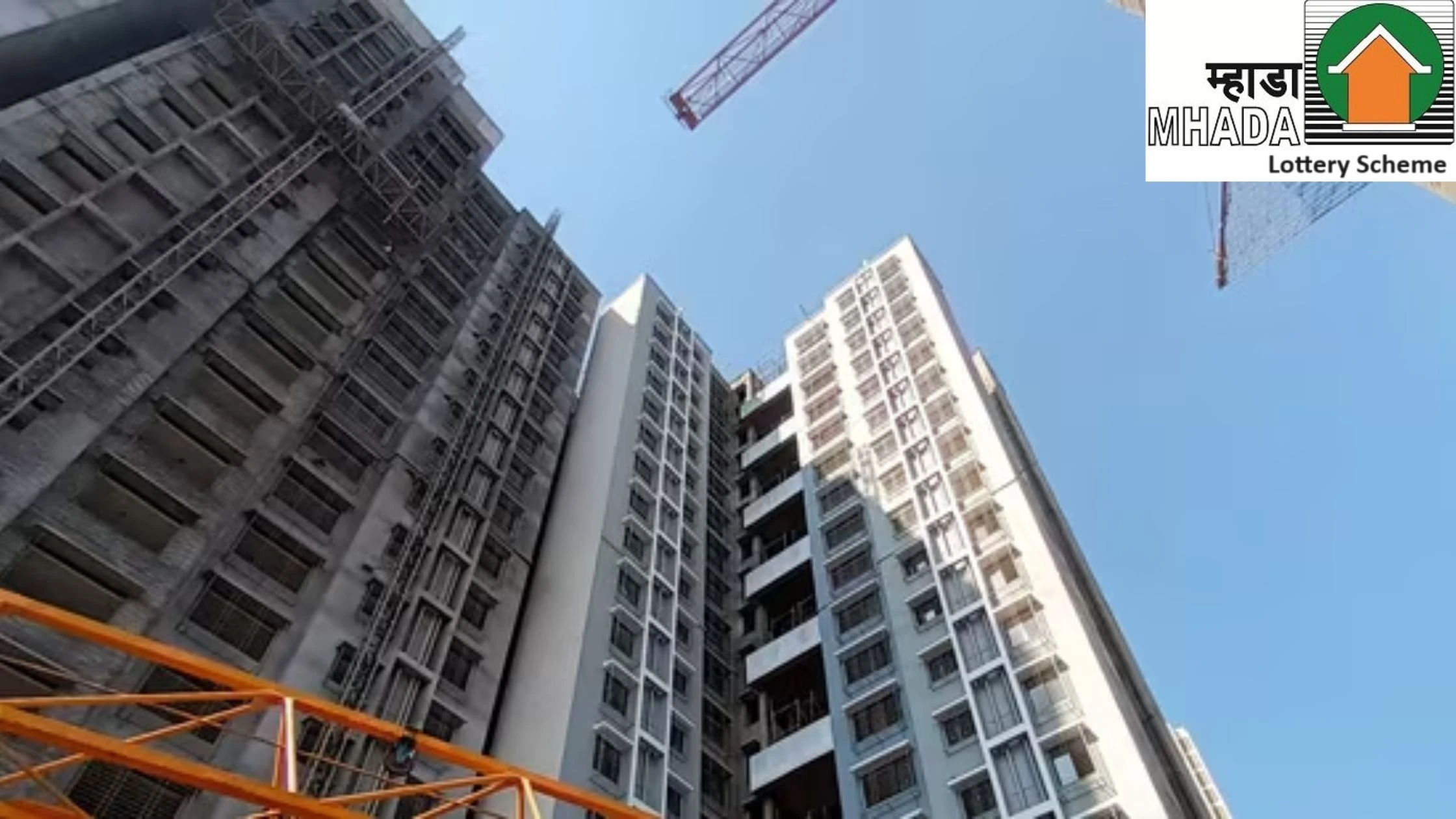
_1764578993.webp)
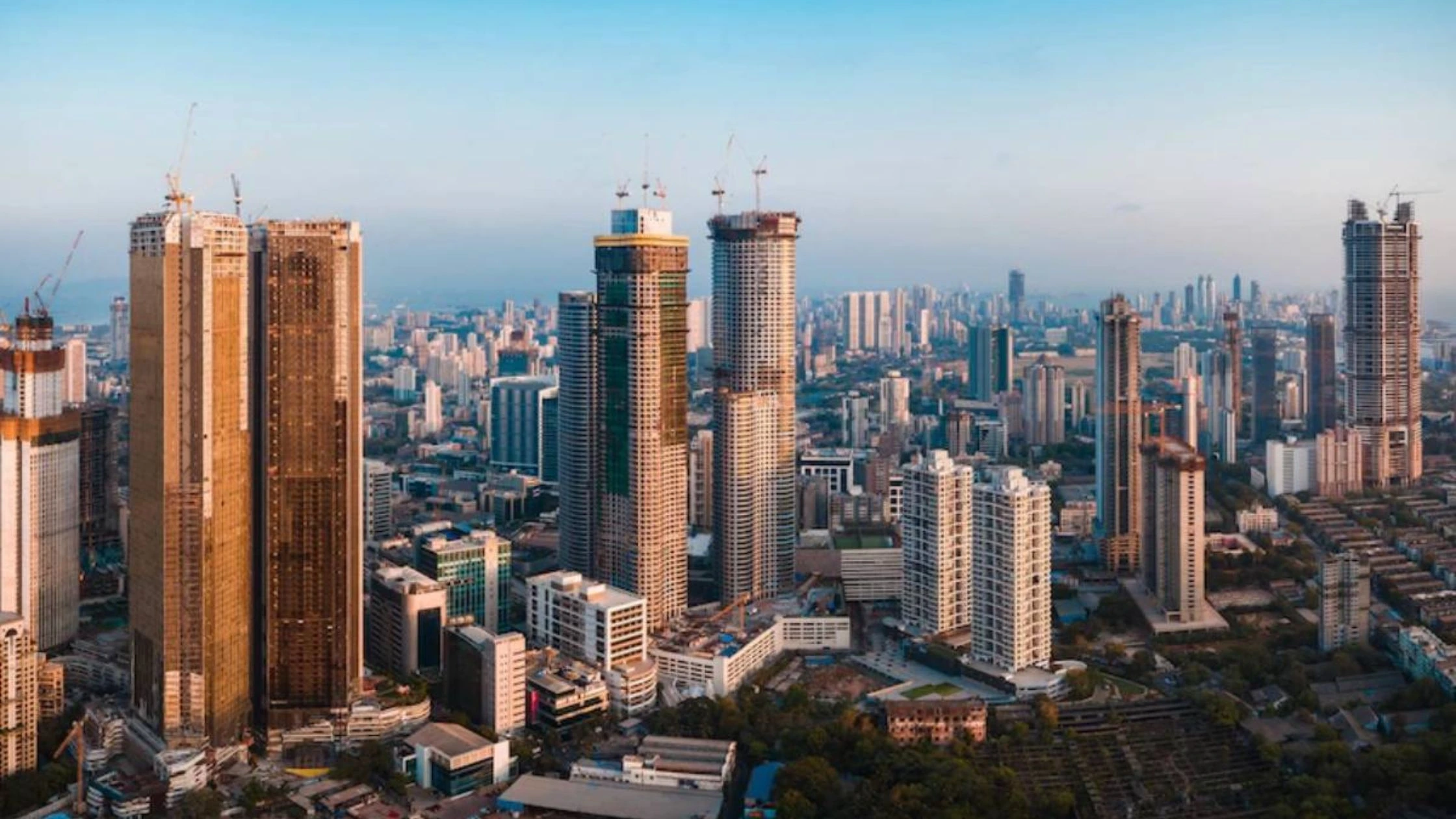




Ans 1. India's office leasing market has reached 66.4 million square feet (MSF) in 2024.
Ans 2. The market is expected to grow to 70 MSF by 2025.
Ans 3. Key sectors include engineering, BFSI (banking, financial services, and insurance), and technology.
Ans 4. Hybrid work models have increased demand for flexible and co-working spaces, contributing to overall leasing growth.
Ans 5. Enhanced urban infrastructure and connectivity in major cities make them attractive for businesses, boosting demand for office spaces.
Ans 6. Modern offices are integrating smart technology for better management, security, and digital operations, attracting high-profile tenants.
Ans 7. It creates jobs, attracts investments, drives urban renewal, and boosts property values and rental yields.
Ans 8. Major cities like Mumbai, Bengaluru, Delhi, Hyderabad, Pune, and Chennai are key hubs for office leasing growth.
Ans 9. Trends include continued expansion, technological integration, improved infrastructure, and diversification of office formats.
Ans 10. The shift to hybrid work and the rise of digital economies ensure sustained demand for quality office spaces.